I have this simple JSF button:
//Question Dialog
function deletedialog(button, a){
$("<div />", {
text: a
}).dialog({
width: 600,
buttons: {
"Ok": function() {
$("#form\\:deleterow").click();
// $('input[id$="deleterow"]').click();
$(this).dialog("close");
button.value = "Processing...";
button.disabled = true;
},
"Cancel": function(event) {
$(this).dialog("close");
event.preventDefault();
button.value = "Delete";
button.disabled = false;
}
}
});
}
<!-- hidden button -->
<h:commandButton id="deleterow" value="HiddenDelete" action="#{AccountsController.deleteSelectedIDs}" style="display:none">
<f:ajax render="@form"></f:ajax>
</h:commandButton>
<!-- the delete button -->
<h:button onclick="deletedialog(this, 'Do you want to delete the selected rows?'); return false;" >
<h:graphicImage name="small-hover.png" library="images" title="Delete" />
</h:button>
I want to create png image which will be the visual body of the button. The only thing that I will change will be the title of the button which I will set every time using the value attribute of the button. Is this possible? Now when I load the JSF page I see only empty button without label.
P.S 1 I get this result:
